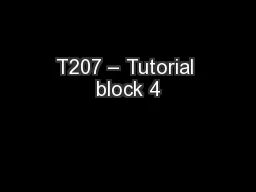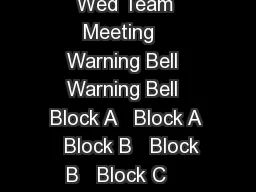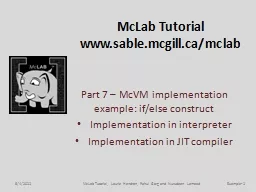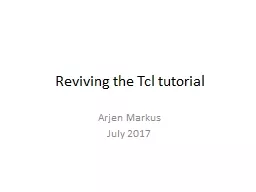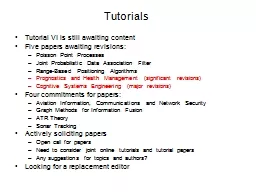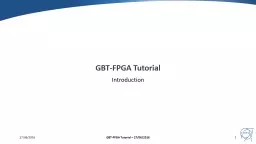PPT-T207 – Tutorial block 4
Author : briana-ranney | Published Date : 2018-03-17
Please check your headphone and microphones and adjust them for sound levels Check your audio settings by running the Audio Setup Wizard either press the icon in
Presentation Embed Code
Download Presentation
Download Presentation The PPT/PDF document "T207 – Tutorial block 4" is the property of its rightful owner. Permission is granted to download and print the materials on this website for personal, non-commercial use only, and to display it on your personal computer provided you do not modify the materials and that you retain all copyright notices contained in the materials. By downloading content from our website, you accept the terms of this agreement.
T207 – Tutorial block 4: Transcript
Download Rules Of Document
"T207 – Tutorial block 4"The content belongs to its owner. You may download and print it for personal use, without modification, and keep all copyright notices. By downloading, you agree to these terms.
Related Documents

